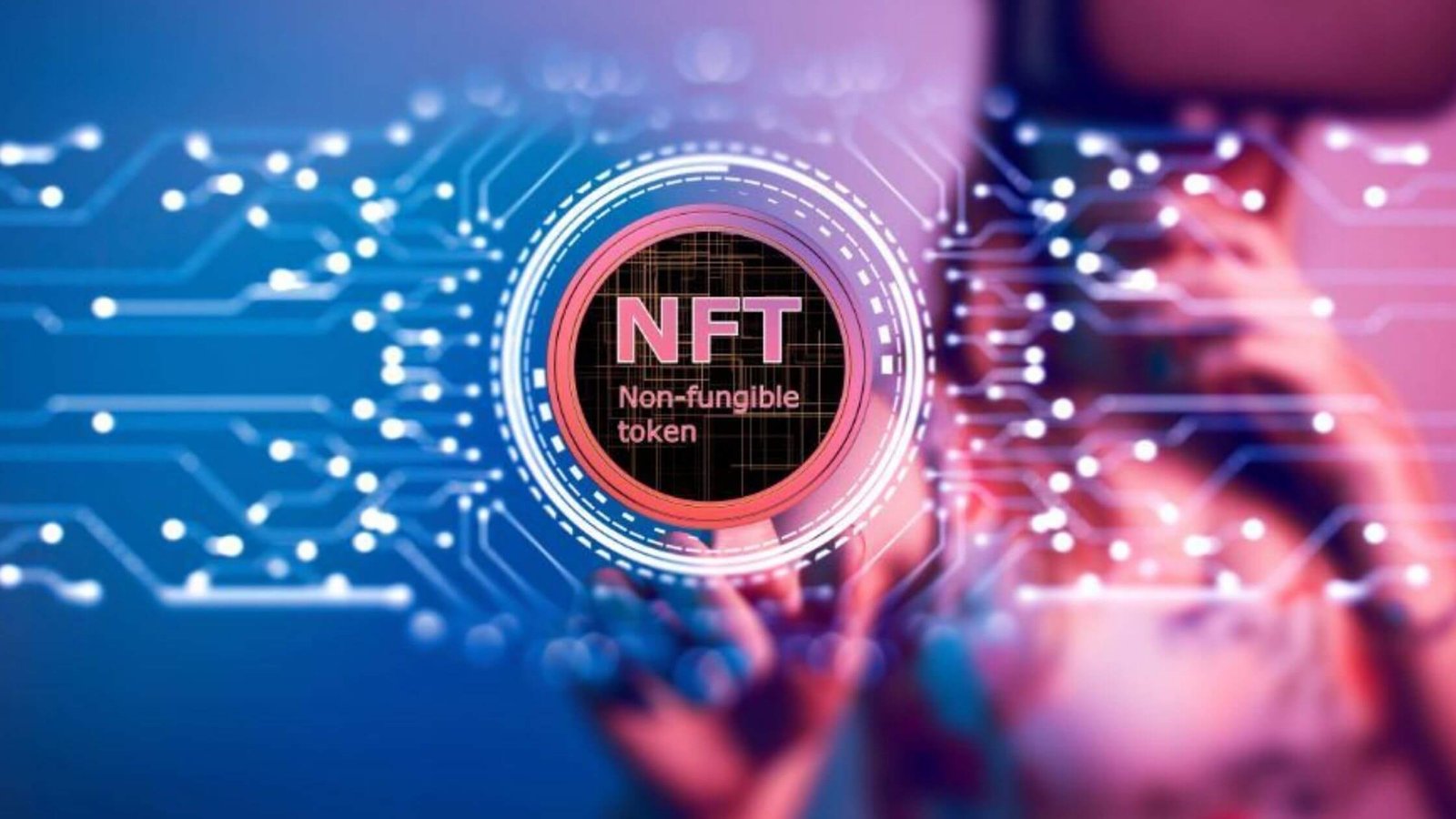What Are The Risk With Boom In The NFT?

The recent boom in the market for so-called “non-fungible tokens” (NFTs) has raised many issues regarding this new asset class’s regulatory and enforcement risks of this new asset class. NFTs are digital tokens that represent anything that has been uniquely identified, such as a collectible, an event ticket, or even a company share.
Reasons Behind The Growth Of NFT
We’re seeing massive amounts of money spent on NFTs, so regulators and law enforcement will pay more attention. While there are many excellent and legitimate uses for NFTs, there is always the risk of consumer fraud and other criminal activity when such large sums of money are involved.

There are various reasons why non-fungible tokens (NFTs) are becoming more popular. One reason could be that they provide a one-of-a-kind method of storing and trading digital assets. NFTs are also used to represent digital asset ownership rights, making them more appealing to investors. NFTs may also offer advantages over other types of digital asset platforms.
NFTs are digital assets that, unlike other cryptocurrencies, are unique and show ownership of a digital token often tied to a collectible such as a work of art, video, or music. Their uses have multiplied as their popularity has soared, posing new questions for federal agencies about how varying services of NFTs might fit into existing regulatory frameworks.
NFTs are digital assets that aren’t backed up by anything physical. They are created and stored on the blockchain, a distributed ledger that can track ownership transactions. The main advantage of NFTs is that they allow for the transfer of assets without the need for a third party.
What are Regulatory and Enforcement Risks?
Regulatory risk is the risk of a regulator revoking a company’s “license to operate” or imposing conditions (retrospectively or prospectively) that reduce the enterprise’s economic value.
Providing visible police presence for improved behavior is more important than writing a lot of tickets in an effective law enforcement program. Enforcement’s goal is to persuade people to change risky behaviors that could result in a crash and injury or death.
A “full enforcement” policy means that the police must enforce all criminal statutes and city ordinances against all violators. However, there is also risk associated with NFTs because governments or financial institutions do not regulate them. Suppose a hacker were to exploit a vulnerability in the blockchain. In that case, they could access all of the information stored on NFTs.
However, with growth comes risk. Fraud in the consumer and money laundering, cyber and sanctions-related violations are just a few of the enforcement, regulatory, and compliance risks associated with the booming market, according to lawyers working on behalf of NFTs.
Financial Crimes Enforcement Network of the US Treasury Department assesses money laundering risks in the art market. NFTs in the digital art world pose a money-laundering risk in several ways, according to the report
.
NFTs could be used for “self-laundering,” according to FinCEN, in which criminals use dirty money to buy NFTs they already own and then sell them to an unwitting buyer.




